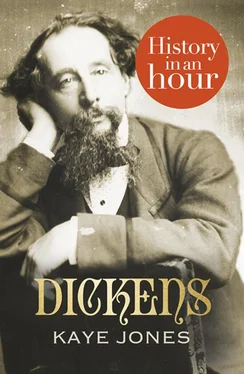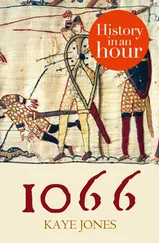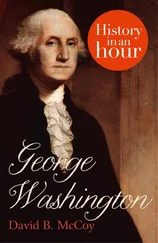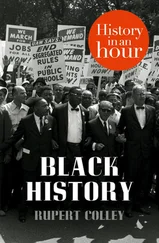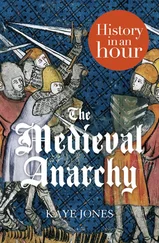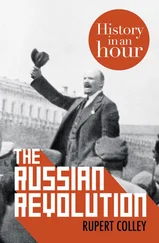Somerset House, c. 1836
The next year, however, John Dickens took up a new position at Somerset House in Central London. Dickens remained in Chatham to finish the term at Giles’ School and then joined the family at 16 Bayham Street. Situated in the less genteel suburb of Camden Town, Dickens described it as having a ‘basement, two ground floor rooms, two on the first floor, a garret and an outside wash-house.’ When describing the Cratchit family home in A Christmas Carol, it was to Bayham Street that Dickens looked for inspiration. Home to his parents, four siblings, his relative through marriage, James Lamert, and an orphan brought from the Chatham Workhouse, the house must have felt extremely cramped and considerably less comfortable than any previous family home. Reflecting on this time in his life, he told his friend and biographer, John Forster, of his distress at losing his life in Chatham and his overwhelming desire to be ‘taught something, anywhere.’ To make matters worse, Fanny was about to enrol on a four-year course at the Royal Academy of Music – at considerable expense to the family.
London Contents Cover Title Page DICKENS History in an Hour Kaye Jones About History in an Hour Introduction The Early Years London Miss Maria Beadnell The Creation of ‘Boz’ The Early Novels The 1840s Dickens in America Dickens in Europe Dickens the Philanthropist Return to Journalism Dickens the Reformer Dickens’ Private Life Dickens the Public Reader The Later Years Appendix 1: Key Figures Appendix 2: Timeline of Dickens Copyright Got Another Hour? About the Publisher Конец ознакомительного фрагмента. Текст предоставлен ООО «ЛитРес». Прочитайте эту книгу целиком, купив полную легальную версию на ЛитРес. Безопасно оплатить книгу можно банковской картой Visa, MasterCard, Maestro, со счета мобильного телефона, с платежного терминала, в салоне МТС или Связной, через PayPal, WebMoney, Яндекс.Деньги, QIWI Кошелек, бонусными картами или другим удобным Вам способом.
By the time the Dickens family arrived in London in 1822, it was the largest city in the world and the heart of the British Empire. Beginning in the late eighteenth century, industrialization had been transformed the social and economic character of the city. From shipbuilding to domestic service, London thrived as a centre of production and employment. Workers from as far afield as India and China flocked to the city in search of new opportunities, causing a dramatic and continual increase in the city’s population.
Not all of London’s inhabitants, however, shared in its wealth and prosperity. High levels of poverty, caused by unemployment and low wages, created scores of slum neighbourhoods that came to represent the darker side of this great city. For the young Dickens, these poor areas – and their inhabitants – replaced Chatham as the focus of his attention. He looked upon slums like the Seven Dials, situated close to his Camden home, with equal amounts of fascination and repulsion and would find inspiration from their squalor and vice throughout his literary career.
On 26 December 1823, the family left Bayham Street and moved to 4 Gower Street North, a small house in the suburb of Bloomsbury. With his father’s debts increasing, his mother, Elizabeth, attempted to alleviate the financial burden by setting up a school for young ladies (pictured below). Known as ‘Mrs Dickens’ Establishment’, the venture was a complete failure, despite Dickens’ attempts to drum up business in the local area. As he would later recall, ‘nobody ever came to the school, nor do I recollect that anybody ever proposed to come, or that the least preparation was made to receive anybody.’
Elizabeth Dickens
The next attempt to ease the family’s financial burden came in the form of a job offer from James Lamert, the family’s former lodger. Employed as the manager of a local boot-blacking factory, he suggested that Dickens get a job at the factory and do his bit to support the family. While Dickens staunchly protested, his parents gratefully accepted the offer.
On 9 February 1824, only two days after his twelfth birthday, Dickens left his home in Gower Street North and walked the three miles to Warren’s Blacking Factory at 30 Hungerford Stairs, the Strand. His job was to label the individual pots of blacking, a mixture used for polishing boots. In return, he received six shillings per week, approximately £12.58 in modern currency. In this ‘dirty and decayed’ environment, as he would later describe it, Dickens quickly became known as ‘the young gentlemen’ among his fellow workers. While some may have treated him as an outcast, a young boy called Bob Fagin took Dickens under his wing. He would later become the namesake for one his most famous villains, Fagin, in Oliver Twist.
Debtors’ Prison
Within two weeks, any hope of escaping the rats and the monotony of the Blacking Factory was quickly crushed when his father was arrested for debt. On 20 February 1824, John Dickens was detained in a local sponging house, a place of temporary confinement for debtors. His crime was the non-payment of a debt worth £40 and 10 shillings to John Kerr, a local baker. As his father was detained on a Friday, Dickens spent the weekend running messages across the city, desperately trying to raise the £40 that would secure his release and prevent any further legal action.
[no image in epub file]
The Courtyard of Marshalsea Debtors’ Prison
But Dickens’ efforts were in vain. On Monday 23 February 1824, he accompanied his father to the Marshalsea Debtors’ Prison. Situated on the south bank of the River Thames, Dickens later described the prison in his novel, Little Dorrit. It was ‘an oblong pile of barrack building, partitioned into squalid houses standing back to back, so that there were no back rooms; environed by a narrow paved yard, hemmed in by high walls duly spiked at the top.’ Humiliated and broken, John Dickens urged his son to never make the same mistakes that he had: ‘if a man had twenty pounds a year and spent nineteen pounds, nineteen shillings and sixpence, he would be happy; but a shilling spent more would make him wretched.’
With his father imprisoned and unable to support the family, Dickens’ meagre salary from the Blacking Factory was needed more than ever. By the end of March, the family had left the house at 4 Gower Street and had moved into John’s cramped room in the Marshalsea. Dickens did not accompany the family and was instead sent to lodge with Mrs Ellen Roylance in Little College Street, Camden Town. His six shillings covered the cost of food and board and he visited his family on Sundays.
The enforced separation from his family, made worse by the considerable distance between Camden and Marshalsea, quickly became too much to bear. After emotionally breaking down on one of his Sunday visits, alternative accommodation was found in nearby Lant Street, allowing Dickens to take breakfast and supper with his family every day.
On 28 May 1824, John Dickens declared himself an insolvent debtor and agreed to settle all his debts at a later date. In return, Marshalsea granted his freedom. One week later, John inherited £450 from his late mother and used this money to clear some of his debts, now totalling around £700. The reunited family moved to 29 Johnson Street, Somers Town. John set out on a new career path, becoming a journalist for the British Press in 1825, having retired from the Navy on an annual pension of £146.
A decision was now taken to remove Dickens from Warren’s Blacking Factory and enrol him at the Wellington House Academy on Hampstead Road. Elizabeth resented this decision, arguing that her son should continue working to support the family. In a later reflection on this episode, Dickens wrote ‘I know how all these things have worked together to make me what I am: but I never afterwards forgot, I never shall forget, I never can forget, that my mother was warm for my being sent back.’
Читать дальше
